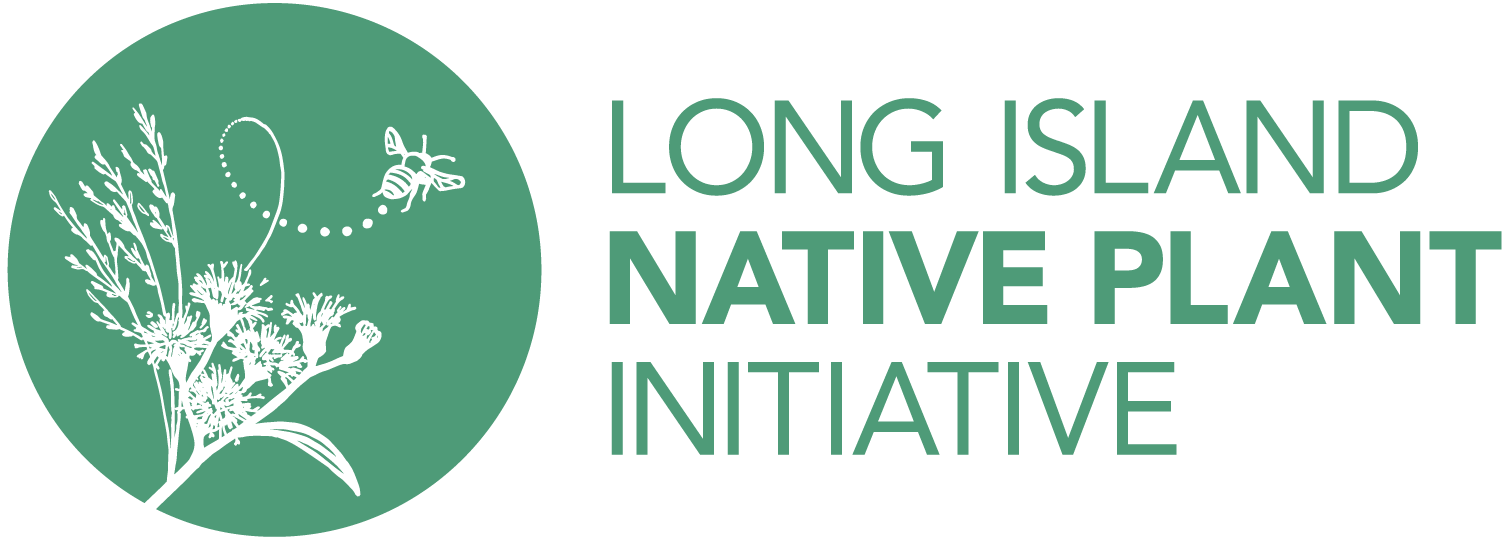Showy flowers and drought tolerance, make this a desirable plant. Numerous short stems with a mound of flowers. Colors range from deep lavender, pinks, whites and blue, with a yellow central disk. It prefers acid soils in mixed woods of hickory, pine, and oak, but can grow in open habitats.
